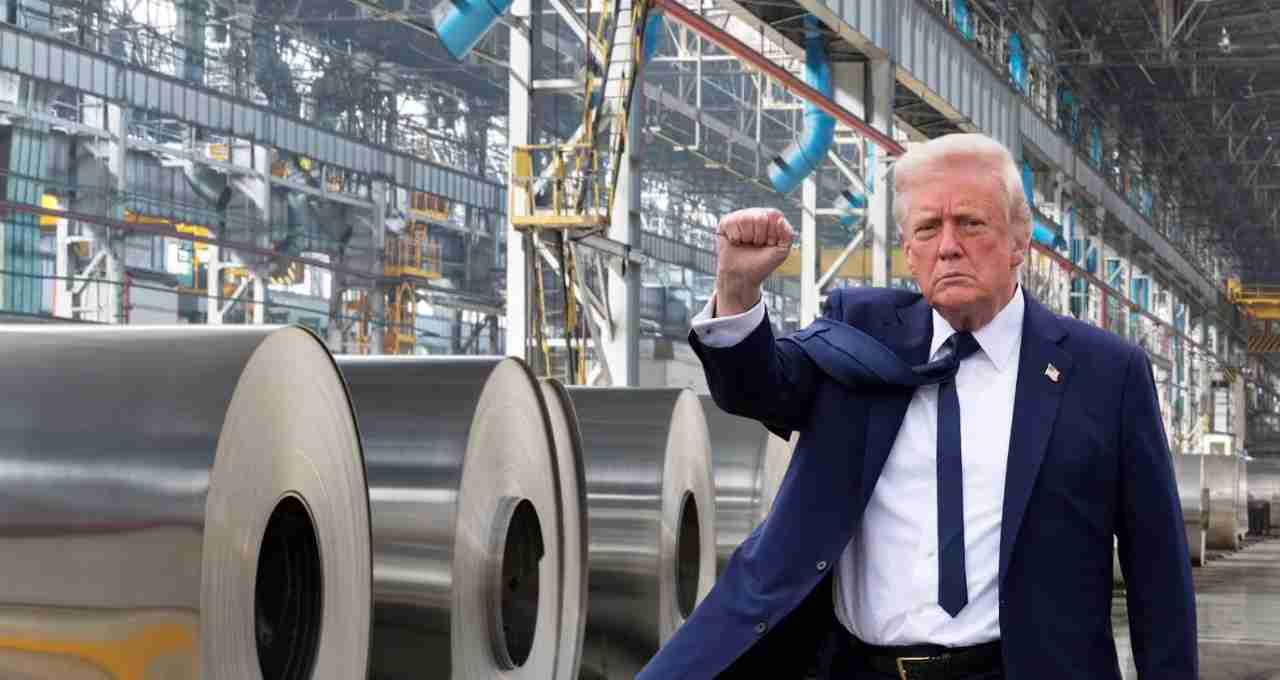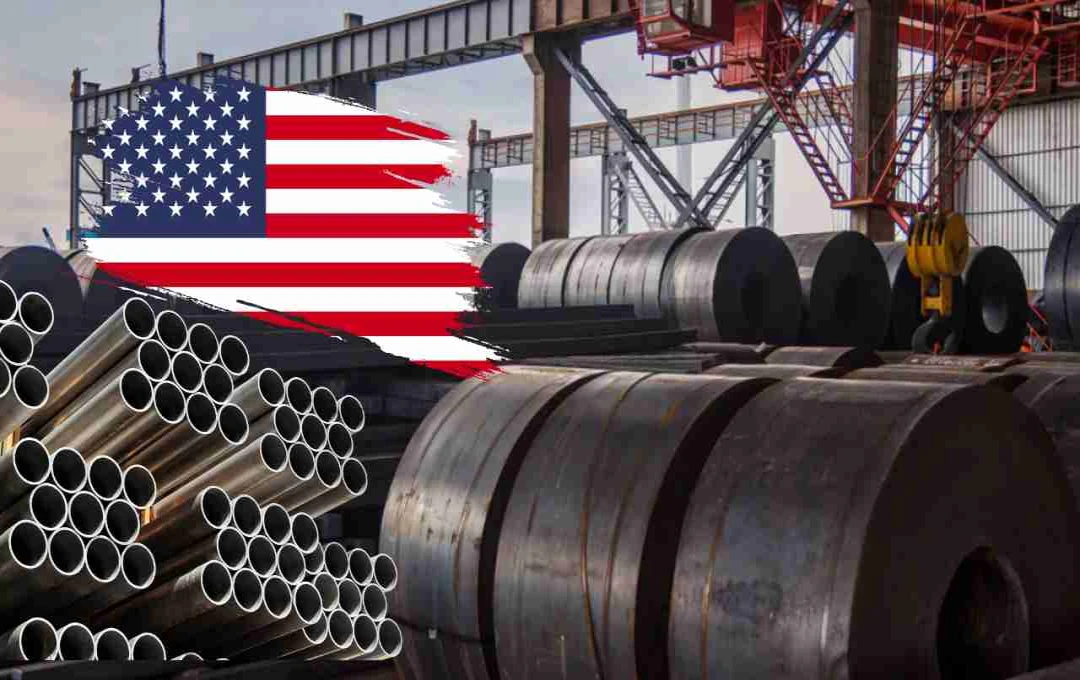Tariff Battle: On June 5th, 2025, the United States increased its import duty on steel and aluminum from 25% to 50%. This decision by President Donald Trump could significantly impact India, a major exporter of these metals to the US.
India has begun preparations to retaliate by raising its own tariffs. However, Britain has been exempted due to its pre-existing trade agreement with the US.
India's Significant Steel and Aluminum Exports
India annually exports substantial quantities of steel and aluminum to the United States. These metals are crucial for industrial applications, construction, automobiles, and machinery.
Government data indicates that in fiscal year 2023-24, India exported approximately $4.56 billion (roughly ₹38,000 crore) worth of steel and aluminum to the US.
This signifies the US as a major market for India. Therefore, the US tariff increase could severely impact this trade, potentially harming Indian companies and affecting employment.
With the US doubling its import duty, Indian goods will become more expensive in the American market. This could weaken the position of Indian companies in the US and lead to a decline in exports.
Relief for Britain, Strong Reaction from India
While many countries are concerned by this decision, Britain has received an exemption due to its existing trade agreement, retaining the previous 25% tariff.
India has notified the WTO of its objection and indicated it may impose retaliatory tariffs on US goods. However, India has not yet specified the timing or the specific goods subject to these tariffs.
Trump's Domestic Strategy Ahead of Elections

Donald Trump recently stated at a Pennsylvania steel plant that he was increasing tariffs to protect domestic industries. He declared, "No one will steal your industry anymore."
This statement is viewed in the context of the upcoming US elections. It is believed that Trump is taking this step to garner support from workers and industries.
Global Impact, Potential Rise in Steel Prices
This tariff increase will not only affect India but also countries like China, Japan, Germany, and South Korea.
Experts believe this could lead to higher global steel prices and increased costs for construction, automobiles, and manufacturing in the United States.














